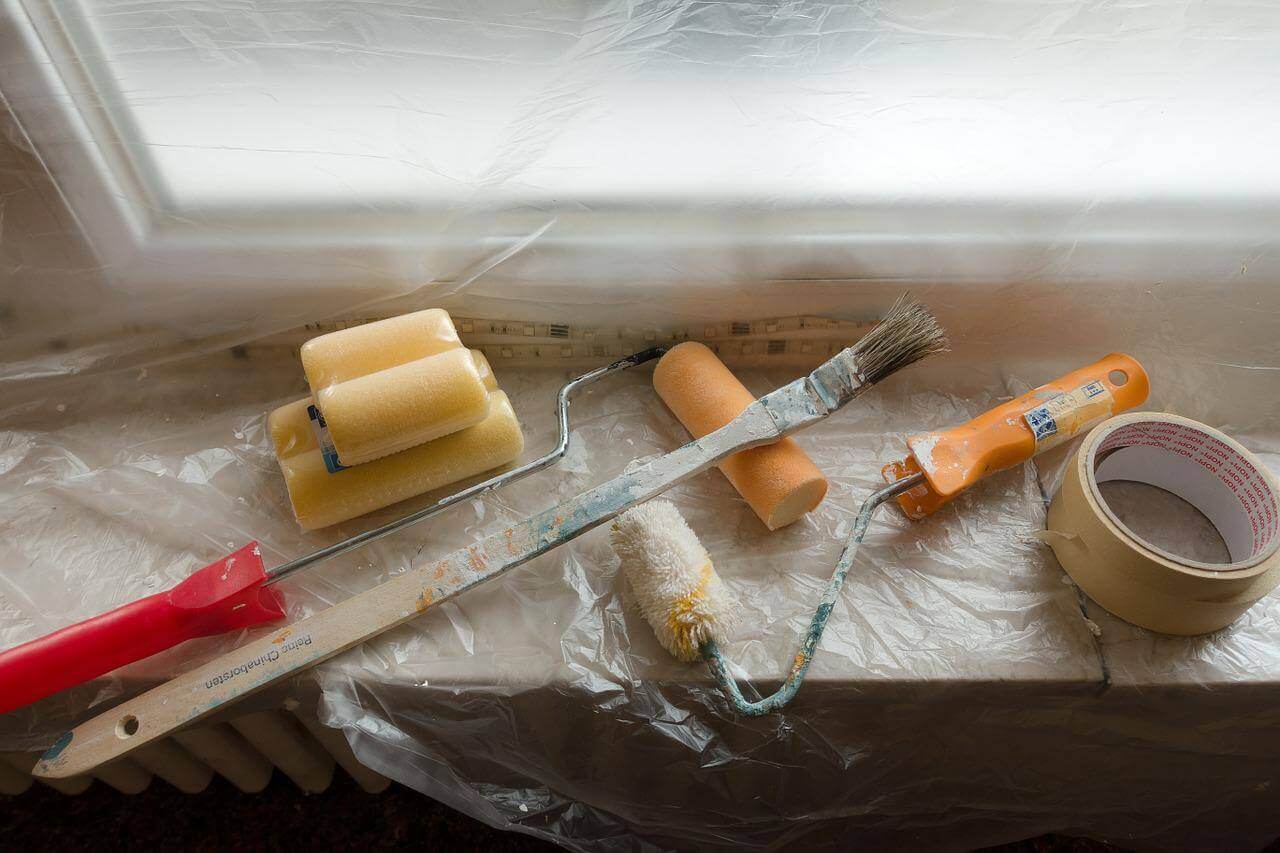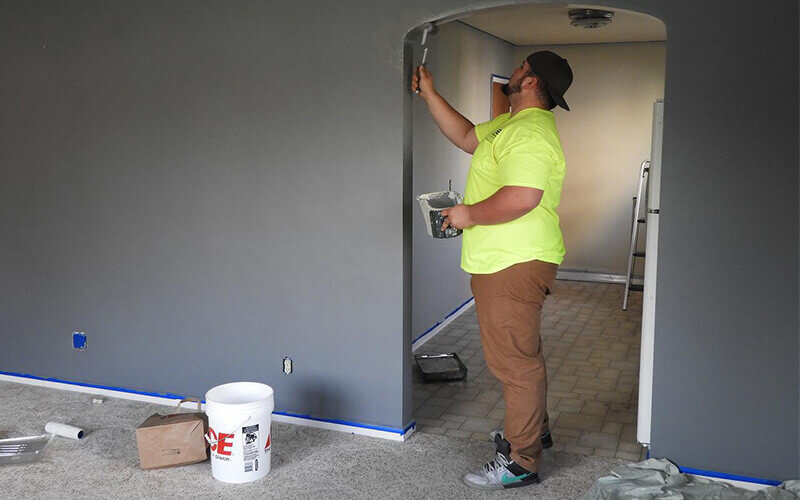If you’re thinking about doing some renovations or home improvements but don’t have the money to pay for them already sitting in your savings account, you have two options. You can either wait until you have enough money saved up, or borrow money and pay it back over an extended period of time with monthly payments.
The decision will always depend on your specific financial situation and how necessary the repairs are. For advice on the best type of home improvement loans available, read on below to find out more about your options, and the best online lenders to turn to for home improvement financing.
What’s it For? Home Improvement Types and Costs
First, you’ll have to decide on the type of home improvement project you want to take on.
If, for example, the home improvement in question is only about aesthetic upgrades or improving the long-term value of your home, you can take your time to decide. Home improvement options like building a new back deck or remodeling the kitchen or bathroom would fall into this category.

However, if the home improvement work is absolutely necessary (like a leaking roof, an emergency foundation issue, or essential plumbing or electrical work) then you’ll need some form of home improvement loan right away.
The type of project will define the scope and cost of the project, and the scope will help you narrow down your options from the many possibilities, including whether to take a personal loan or to explore construction loans, home equity loans, a home equity line of credit, or other financing options.
What Type of Loan is Best for Home Improvements?
One type of loan you might consider is a construction loan, and you can learn more about how construction loans work on our blog.
However, to finance home improvement projects that cost less than $100,000, you’re probably better off using another option. Construction loans are better suited for the building of a home from scratch.
You could also consider using a credit card for your home renovations. However, the interest rates on credit cards (and thus the interest payments) can end up being sky-high over the long run. If the reno is costly and you expect it to take you some time to pay off the credit card bill, you’re probably better off finding another source of cash for your home renovation, ideally one with lower interest rates, and one that won’t stand such a high chance of affecting your credit score.
Another popular option is to use a home equity loan or a home equity line of credit, also known as a HELOC.
Home Equity Loans

Sometimes referred to as second mortgages, home equity loans allow you to get a lump sum payment deposited directly into your bank account, with the added benefit of fixed interest rate payments.
This means interest rate fluctuations are not your concern – once you’ve locked in your rate with your home improvement lender, it stays that way. With home equity loans, you’ll know exactly how much you owe every month, and for how many months you’ll need to make payments. Especially convenient for larger projects, these loans are secured by the equity in your home.
Home Equity Lines of Credit
Another popular option for home renovation loans is a HELOC, which is also secured against the existing equity in your home. The difference is that this is not a lump sum payment, but instead a revolving line of credit. You can take what you need, pay some back, take out more later, etc.
This type of home improvement loan is good for extended home renovation projects that can be done in phases. One of the potential drawbacks is that interest rates are not fixed, meaning that your interest rate will fluctuate depending on the economic environment.
The home improvement loan rates offered by online lenders will vary based on your credit history and a few other variables.





